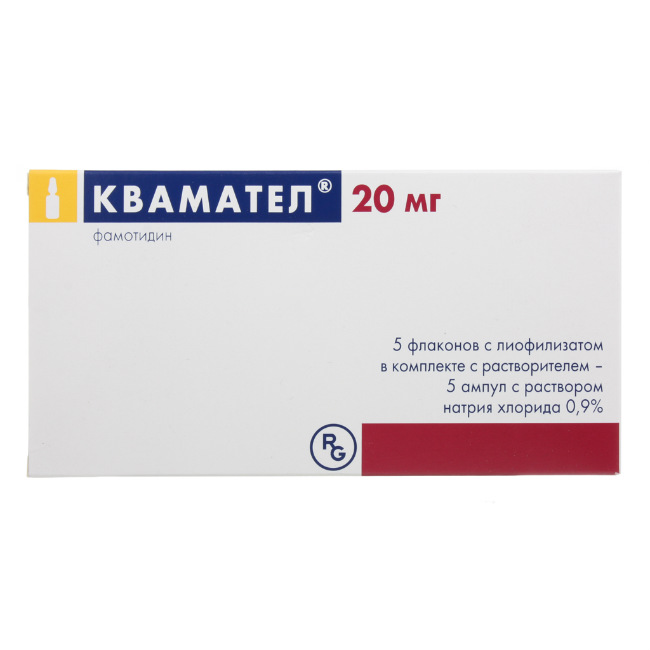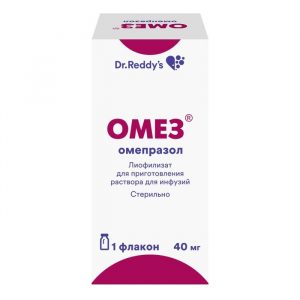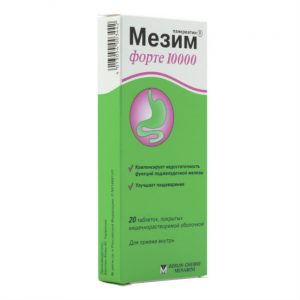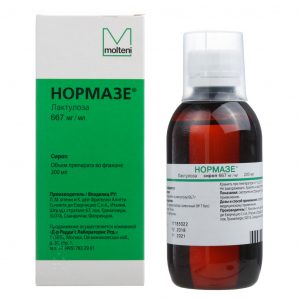Description
Latin name
Quamatel
Release form
Lyophilized powder for solution for injection
Indications
Peptic ulcer of the duodenum and stomach in the acute phase, prevention of relapse.
Treatment and prevention of symptomatic gastric and duodenal ulcers (associated with the use of non-steroidal anti-inflammatory drugs (NSAIDs), stressful, postoperative ulcers).
Erosive gastroduodenitis.
Functional dyspepsia associated with increased secretory function of the stomach.
Reflux esophagitis.
Zollinger-Ellison Syndrome.
Prevention of recurrence of bleeding from the upper gastrointestinal tract.
Prevention of aspiration of gastric juice during general anesthesia (Mendelssohn syndrome).
Contraindications
Hypersensitivity to famotidine and other H2-histamine receptor blockers, pregnancy, lactation, children’s age.
CAUTION
Hepatic or renal failure, cirrhosis with a history of portosystemic encephalopathy.
Use during pregnancy and lactation
The drug is contraindicated in pregnancy.
If you need to use the drug during lactation, breastfeeding should be discontinued.
Composition of
1 vial contains:
Active ingredient:
famotidine 20 mg
Excipients:
aspartic acid
mannitol
sodium chloride
water for injection.
Dosage and administration
Kvamatel is used iv, in a stream or drip only in severe cases or when it is not possible to take the drug inside.
Intended for in-patient use only. At the earliest opportunity, you should switch to the oral administration of famotidine. The average dose is 20 mg 2 times a day (every 12 hours). A single dose should not exceed 20 mg.
With Zollinger-Ellison syndrome, the initial dose is 20 mg every 6 hours, in the future, the dose is adjusted depending on the secretion of hydrochloric acid and the clinical condition of the patient.
For the prevention of aspiration of gastric contents, 20 mg of the drug is administered iv before the operation or at least 2 hours before the operation before general anesthesia.
For patients with impaired renal function (CC less than 30 ml / min), or with a serum creatinine level of more than 3 mg / dL, the daily dose of the drug (both for oral and intravenous administration) is reduced to 20 mg or increased the interval between the use of individual doses of the drug up to 36-48 hours.
In case of impaired liver function, the drug is prescribed with caution, in reduced doses.
Rules for the preparation and administration of injectable solutions
To prepare the solution, the contents of one ampoule with the active substance should first be diluted in 5-10 ml of physiological saline (ampoule with solvent). The prepared solution remains stable at room temperature for 24 hours. The drug is administered for at least 2 minutes. With iv drip, the duration of infusion should be 15-30 minutes. The solution should be prepared immediately before administration.
Side effects of the digestive system: dry mouth, nausea, vomiting, abdominal pain, flatulence, constipation, diarrhea, decreased appetite, increased liver transaminase activity, hepatocellular, cholestatic or mixed hepatitis, acute pancreatitis.
From the hemopoietic system: very rarely – agranulocytosis, pancytopenia, leukopenia, thrombocytopenia, bone marrow hypo- or aplasia.
Allergic reactions: urticaria, skin rash, itching, bronchospasm, angioedema, anaphylactic shock.
From the cardiovascular system: arrhythmia, bradycardia, AV block, decreased blood pressure.
From the side of the central nervous system: headache, dizziness, drowsiness, hallucinations, confusion, increased fatigue, depression, agitation, anxiety.
From the sensory organs: decreased visual acuity, tinnitus.
From the reproductive system: with prolonged use in high doses – hyperprolactinemia, gynecomastia, amenorrhea, decreased libido.
From the musculoskeletal system: arthralgia, muscle cramps.
Dermatological reactions: alopecia, acne vulgaris, dry skin, toxic epidermal necrolysis.
Other: fever.
Drug Interaction
Due to the increase in the pH of the contents of the stomach, Kwamatel with simultaneous application reduces the absorption of ketoconazole and itraconazole increases the absorption of amoxicillin and clavulanic acid.
Antacids and sucralfate co-administered with Kvamatel slow the absorption of famotidine.
With the simultaneous administration of Kvamatel and drugs, suppressing hematopoietic hemorrhage increases the risk of neutropenia.
Overdose
Symptoms: vomiting, motor excitation, tremor, decreased blood pressure, tachycardia, collapse.
Treatment: gastric lavage, symptomatic and supportive hemodialysis therapy.
Storage conditions
In the dark place at a temperature of 25 ° C.
Expiration
3 years.
dosage form
dosage form
injection




